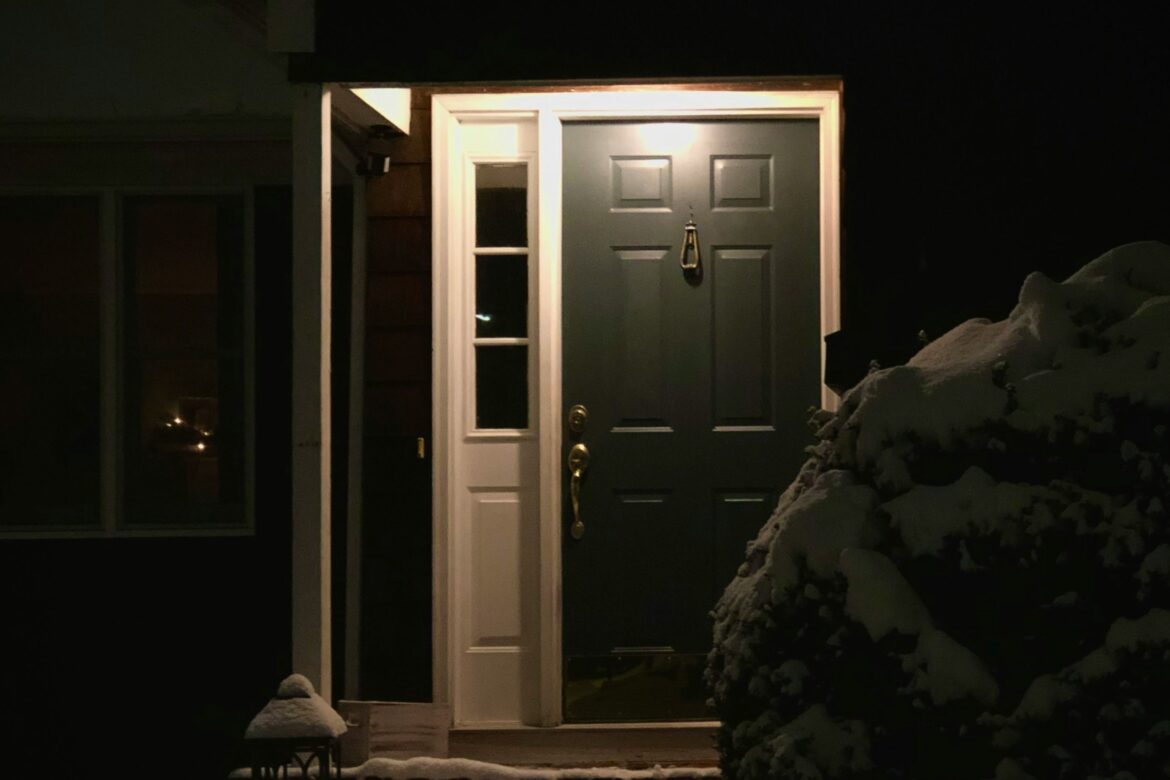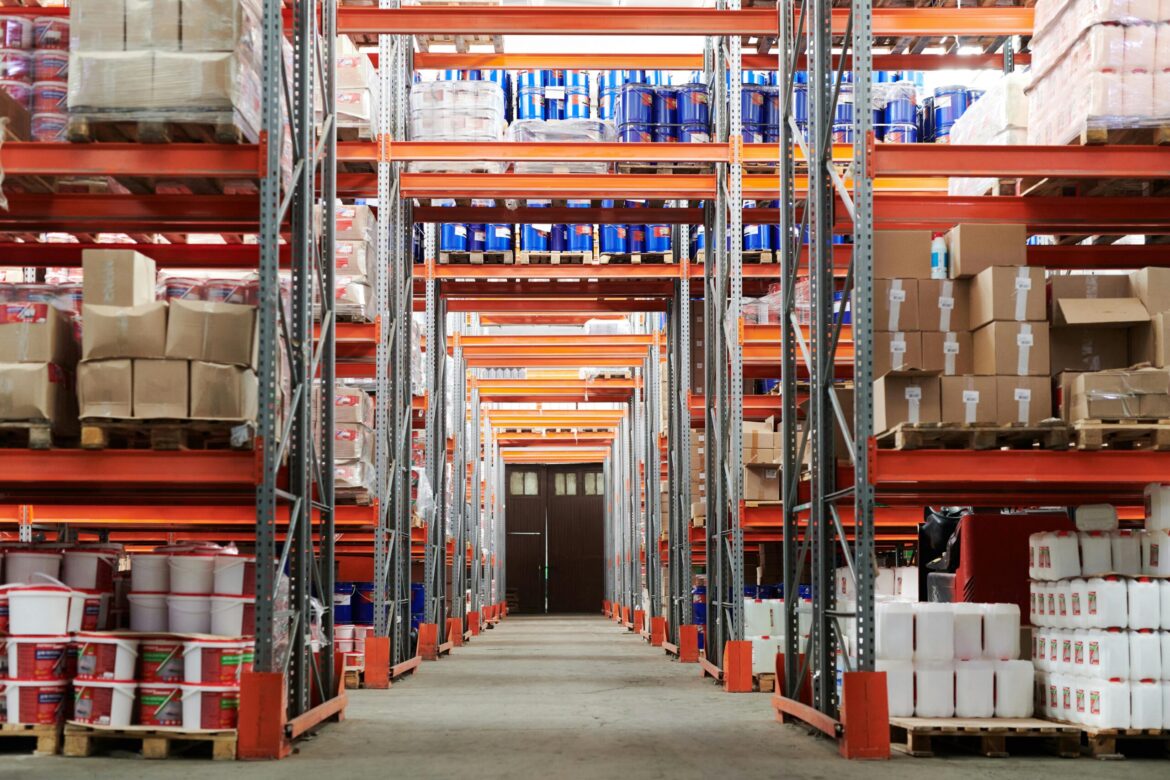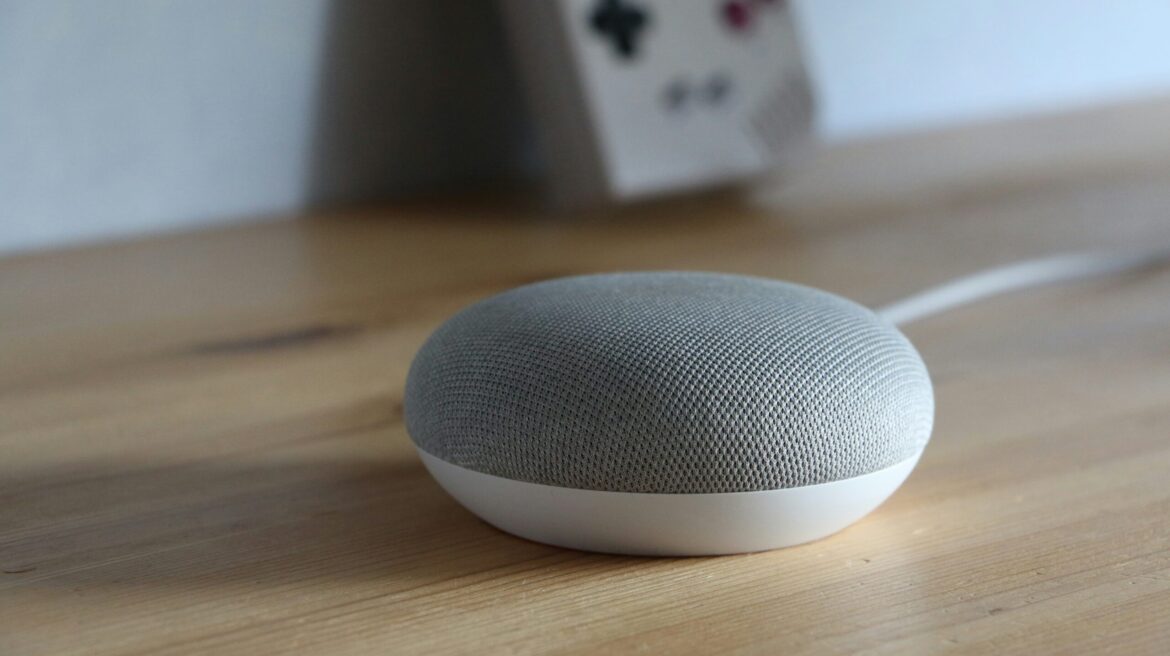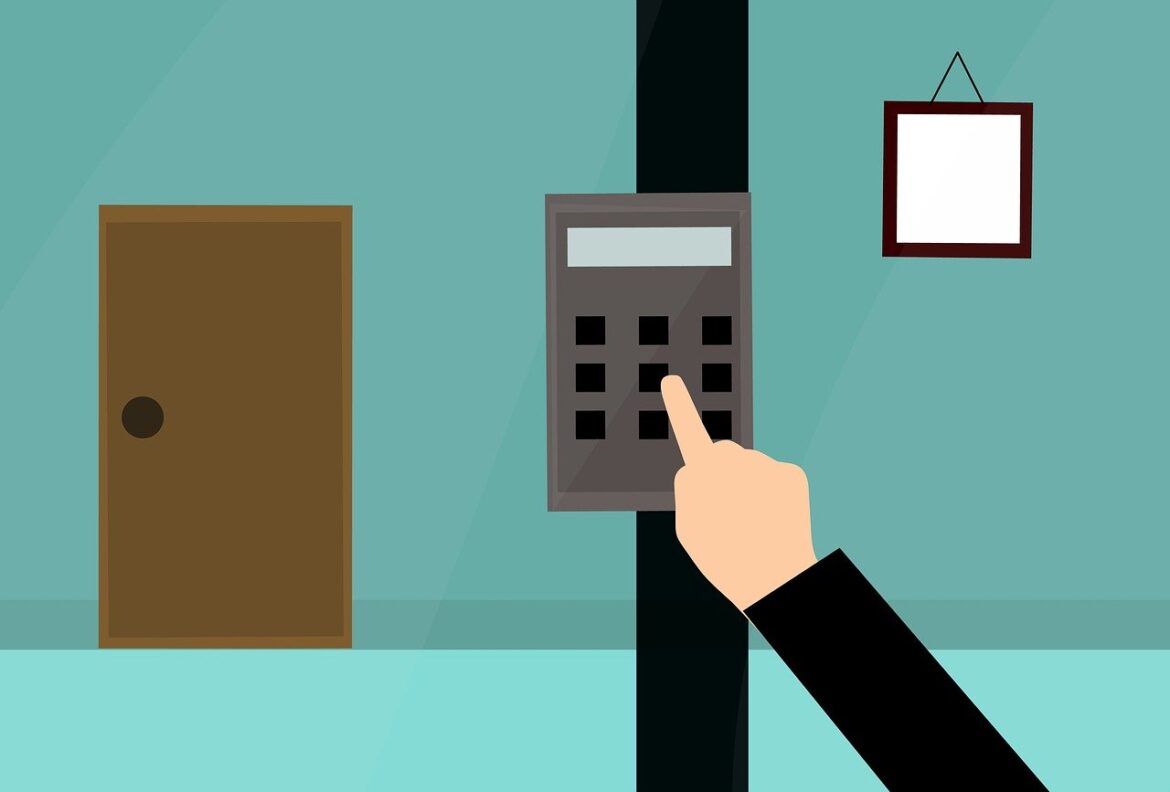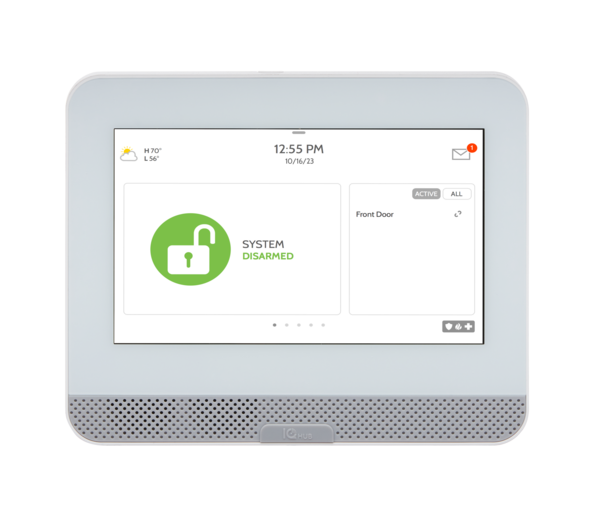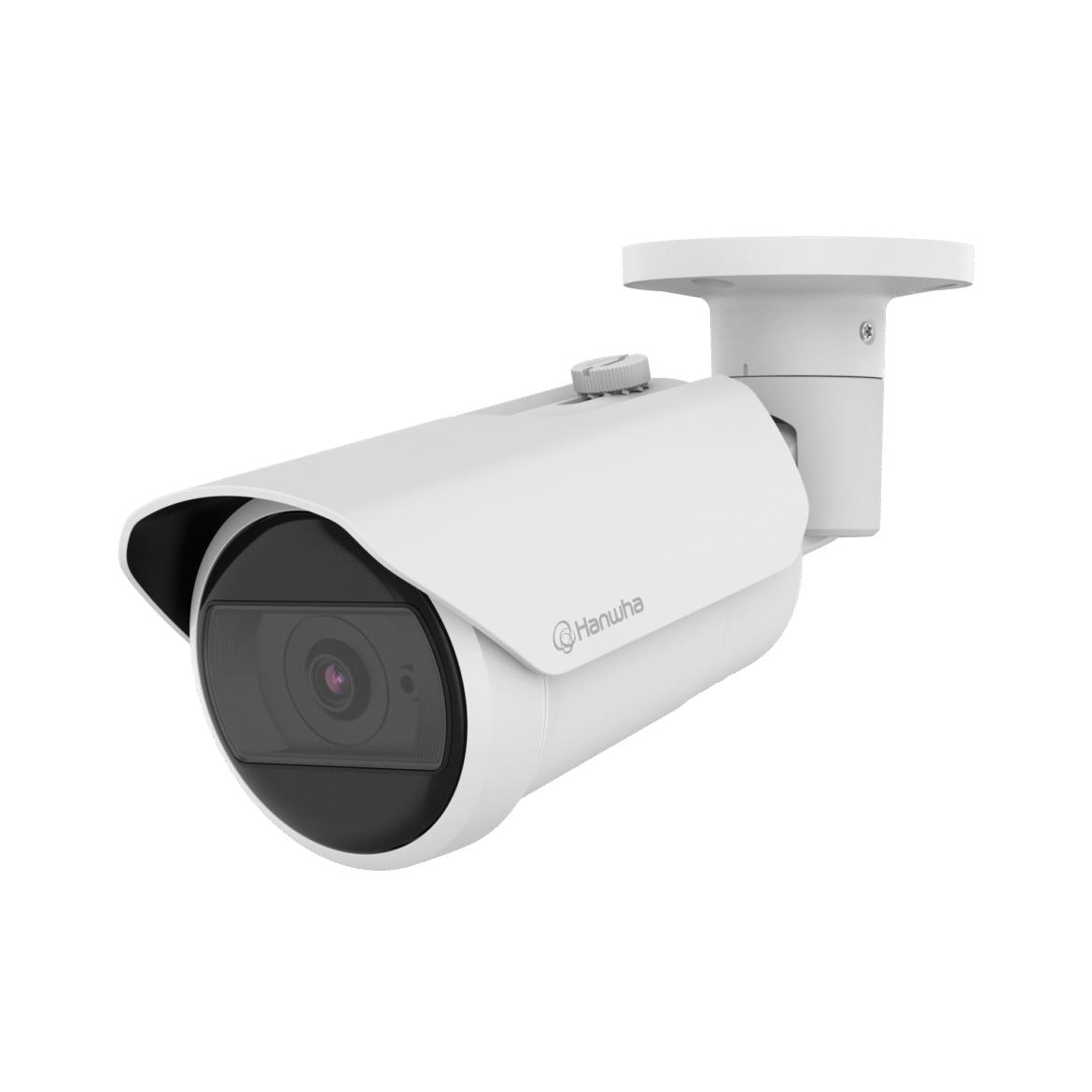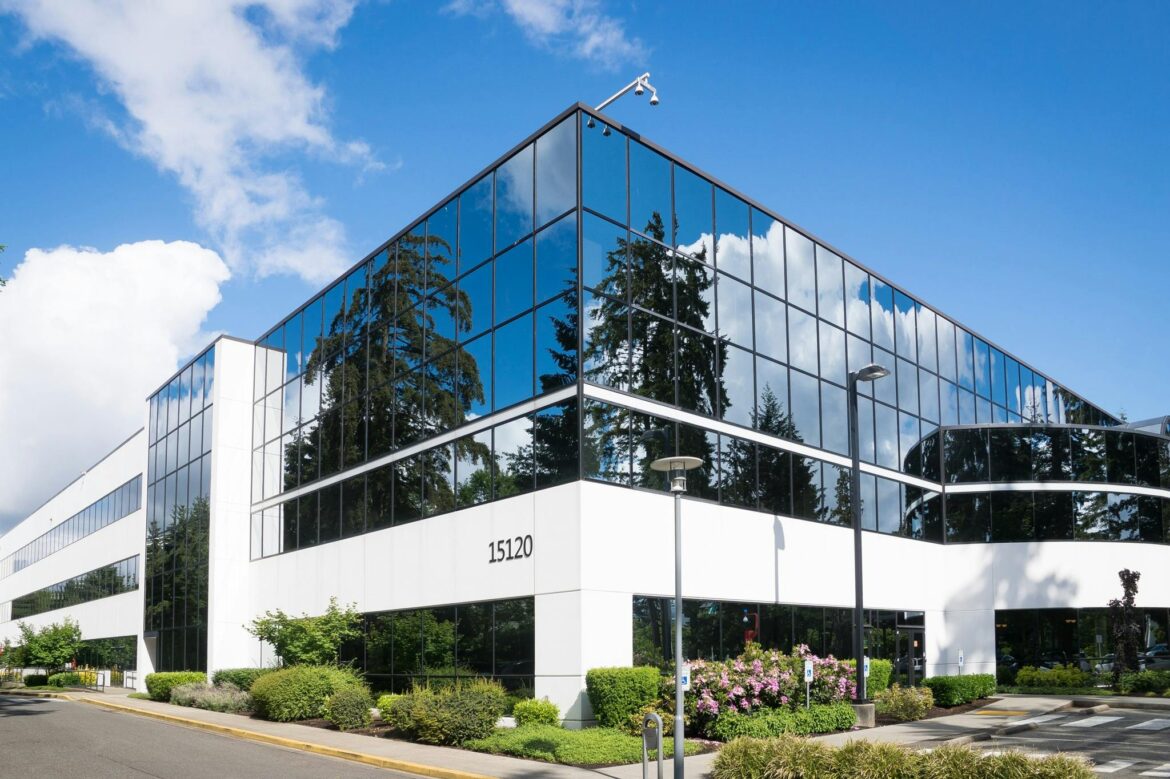In today’s fast-paced work environment, companies need more than traditional home security systems or basic monitoring to stay efficient. Businesses across Utah (and everywhere else) are turning to smart, fully integrated security automation because it doesn’t just protect a building, it streamlines operations, reduces overhead, and creates a smoother workflow for everyone inside. When your alarms, access control, lighting, and HVAC systems all talk to each other, the result is better productivity, fewer interruptions, and real, measurable cost savings.
Let’s break down why this shift is happening and what it actually does for a business day-to-day, because the benefits go way beyond “extra convenience.”
1. Integrated Alarms Reduce Downtime and Boost Responsiveness
A standard alarm system notifies you when something goes wrong. Automation takes it several steps further.
When alarms integrate with access control, lighting, and HVAC, businesses get:
- Instant, coordinated responses — If a door is forced open after hours, lights can turn on automatically and HVAC can shut down to protect equipment.
- Fewer false alarms — Automated check-ins (user codes, door schedules, motion verification) dramatically reduce unnecessary police dispatches.
- Faster incident handling — Managers can respond from their phone, unlock a door for responders, or review linked camera footage immediately.
2. Smarter Access Control = Fewer Disruptions and Better Accountability
Access control is one of the biggest efficiency boosters in commercial security because it eliminates so many small tasks businesses normally waste time on.
Automated access control systems allow you to:
- Set user schedules so employees can enter only during work hours
- Automate door locking and unlocking
- Track every entry and exit for auditing and compliance
- Remove or update access with one click
No more rekeying. No more calling an employee back to the office because they forgot their keys. No more manually checking who came in over the weekend.
When you reduce human error, you reduce wasted time.
3. Automated Lighting Saves Energy and Improves Workflow
Lighting is one of the most overlooked opportunities for operational efficiency. Automated lighting tied to security systems gives businesses major benefits:
- Motion-activated lighting keeps unoccupied rooms from wasting electricity
- Scheduled lighting matches business hours
- Path lighting improves safety and guides employees during early or late shifts
- Remote control options prevent your team from running around turning things off at night
When lighting adjusts itself based on real activity in the building, it cuts energy waste and eliminates daily tasks that shouldn’t require human involvement in the first place.
4. HVAC Automation Cuts Costs, Often More Than Anything Else
Heating and cooling eat up nearly half of a building’s energy usage. Automating HVAC settings gives businesses tight control without constant monitoring.
Integrated HVAC helps by:
- Reducing usage when the building is empty
- Preventing employees from manually adjusting thermostats
- Coordinating temperature settings with alarm and access schedules
- Providing energy-use insights that reveal waste
When HVAC talks to access control, the system knows exactly when to switch modes, saving real money every month with zero effort from staff.
5. How These Systems Work Together to Boost Productivity
The magic of automation is synergy, each system solves more problems when it’s integrated with the others.
Imagine this scenario:
- A manager disarms the building from their phone.
- Doors unlock automatically for the day.
- Lights turn on only in scheduled areas.
- HVAC adjusts to work-hour temperature settings.
- Cameras and alarms log the event and begin daytime monitoring mode.
No one has to manually handle a thing. And at closing time, everything reverses, automatically.
Multiply this over weeks, months, and years, and you get fewer mistakes, smoother scheduling, and lower operating costs.
6. The Bottom Line: Automation Makes Businesses Leaner, Safer, and More Efficient
Security automation isn’t a luxury anymore, it’s a business tool. When alarms, access control, lighting, HVAC, and cameras all work together, companies operate with fewer disruptions, lower energy bills, and tighter control over their workspace.
For Utah businesses looking to cut overhead and improve day-to-day efficiency, integrated automation is one of the smartest and most cost-effective upgrades you can make.



